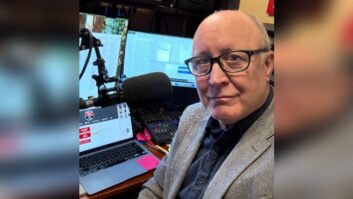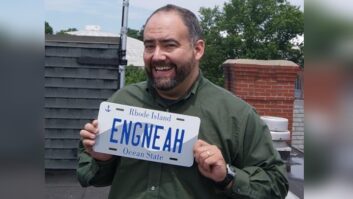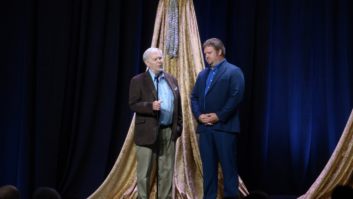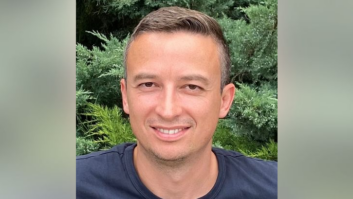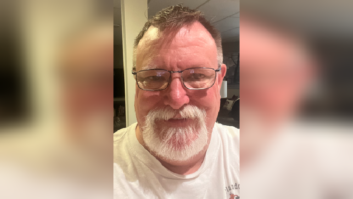July 5 rings up 50 years for station WWVB(AM), Fort Collins, Colo. It was DJ-less before satellite and automation created DJ-less stations. In fact, it’s never needed a DJ. Airing at a low 60 kHz, no one actually audibly hears the station yet everyone depends on it.
Better known as the “atomic clock,” WWVB broadcasts the time “to an estimated 50 million radio-controlled clock radios, wall clocks, wristwatches and other timekeeping devices across the U.S. mainland,” as put it. Its signal ultimately affects everyone from broadcasters to shippers. A modern economy couldn’t run without an accurate, core clock and a way to widely distribute its signal.
WWVB is run by the National Institute of Standards and Technology. The earliest iteration of the station started as WWV in 1920. Part of the station’s mandate is to provide “time and frequency signals, geophysical alerts and marine storm warnings to users, including amateur radio operators, stopwatch and timer calibration laboratories, piano tuners and telephone callers wishing to manually set watches and clocks,” according to NIST Tech Beat.
Here are some hallmarks of its longevity:
- 1920: WWV began experimental broadcasts in Washington.
- 1960: Got its call sign, WWVB (the B reportedly stands for Boulder, its home before it moved to Fort Collins in the mid-1960s), and began official broadcasts at four thousand watts (4 kW). The power level was later increased to 13 kW, which it stayed at for many years.
- 1999: WWVB’s signal was boosted to 50 kW so it could reach the entire U.S. mainland and be picked up by small antennas. It now operates at a power level of 70 kW.
